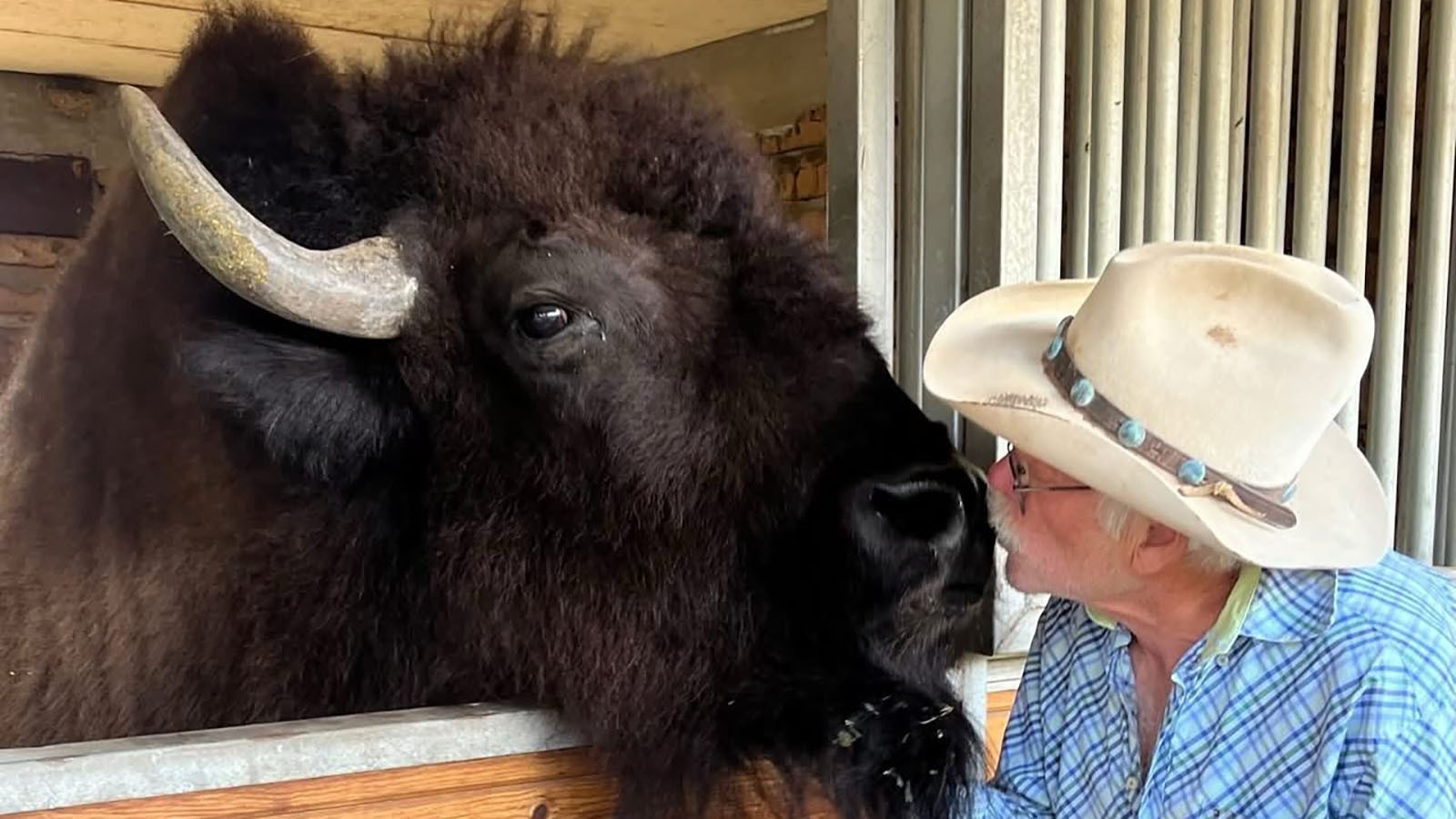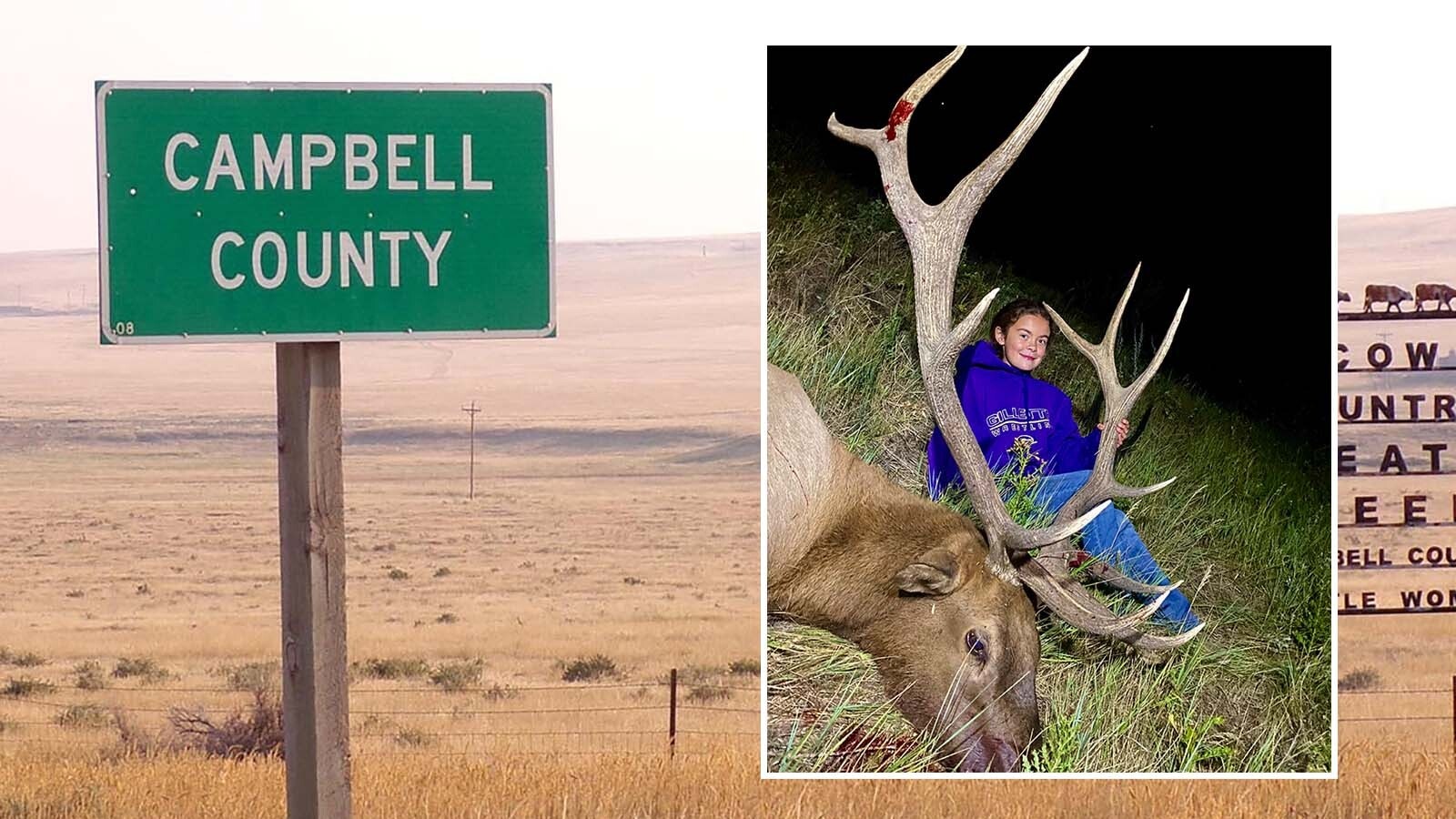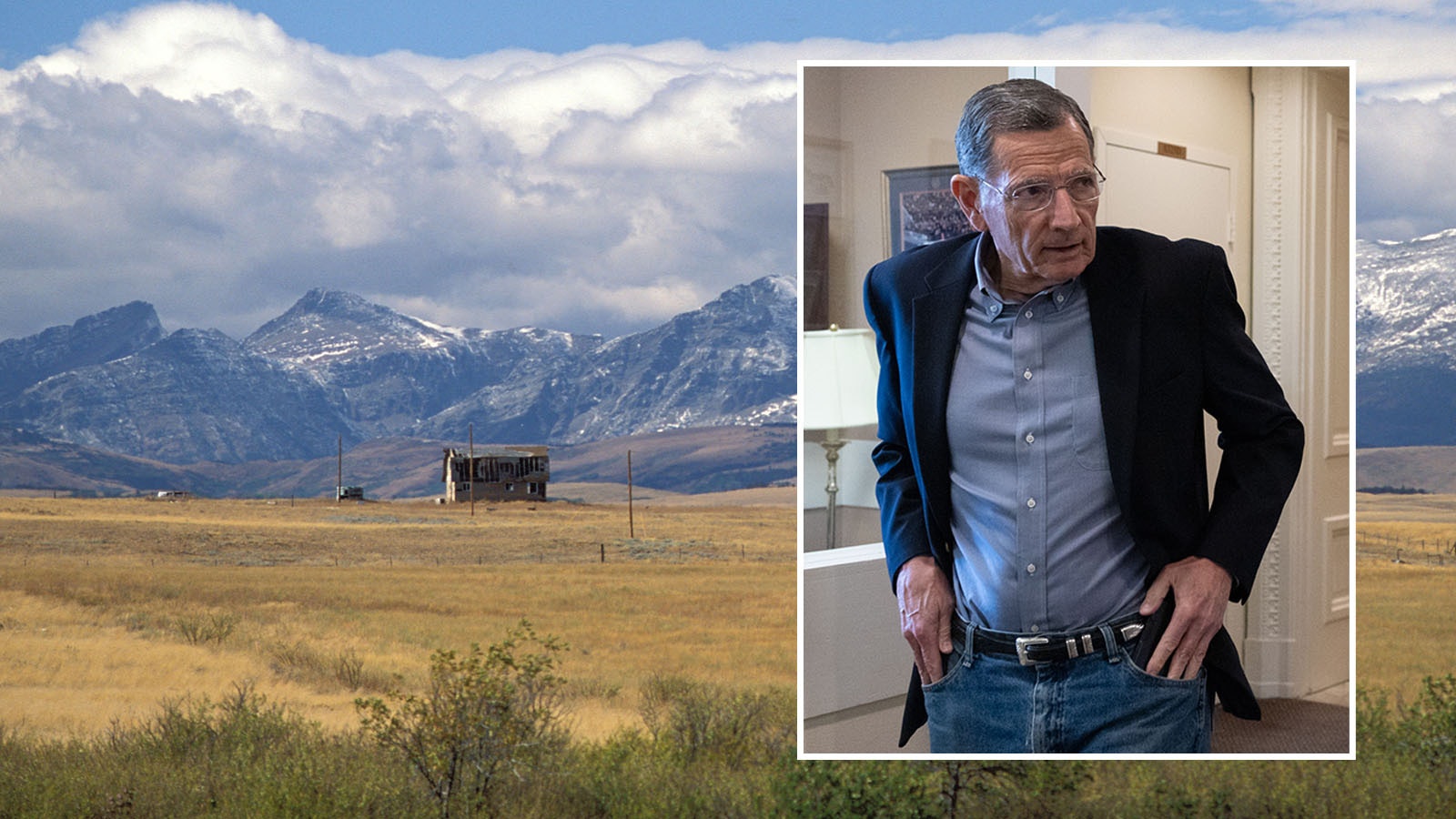Nature’s harsh side comes into sharp focus in the Blacktail Pond area of Yellowstone National Park – migrating bison can fall through the ice or get bogged down in the mud, sometimes struggling for hours before they die.
But what’s bad news for bison is great news for grizzly bears, wolves and other carnivores that show up to feed on the massive carcasses.
“For a grizzly bear – especially a female with cubs – coming out of hibernation and finding a bison carcass is like winning the lottery,” George Wuerthner told Cowboy State Daily.
Wuerthner has worked in the Greater Yellowstone Ecosystem for decades and is president of the Montana Wild Bison Coalition.
Wildlife photographer Deby Dixon of Gardiner, Montana, caught some harrowing video of two bison – a cow and a young bull -- getting trapped in separate instances and struggling desperately in the Blacktail Pond area.
The cow fell through ice, and the bull got trapped in a boggy pond with muddy banks.
Both of the bison died, she told Cowboy State Daily.
As a photographer and nature lover, she understood that’s just how things work in the wild – when one animal dies, many others will benefit.
“But as a human, who cares about wildlife, it was pretty tough to watch,” she said.
Narrow Passage
Blacktail Pond lies along what is essentially a bison highway during migrations each spring and fall, as herds move to and from the high-altitude summer range, Wuerthner said.
“It’s a major valley corridor,” he said. “It’s a valley with mountains on either side. They (the bison) generally stick to the lower elevations, rather than being up in the trees.”
Unfortunately for some of the lumbering beasts, that means there’s always the risk of falling through thin ice or getting bogged down in thick mud as temperatures rise and the snow melts.
Bison are great swimmers, Wuerthner said.
He recalled once watching cow bison escort calves across Madison River during the full torrent of spring runoff.
One cow would swim in front of a calf “to help break the force of current” while another would swim behind the calf, he said.
However, in boggy areas like Blacktail Pond, slick, muddy banks might prevent bison from being able to pull themselves out of the water.
So, they eventually exhaust themselves in the frantic struggle and drown, he said.
Right Off The Road
Blacktail Pond is in a highly visible area near the road, Wuerthner said.
On one hand, that gives early-season tourists a chance to admire the migrating bison herds, and perhaps catch of glimpse of real life-and-death struggles.
On the other hand, that can draw hungry grizzlies looking for a meal of bison meat uncomfortably close to crowds, Wuerthner said.
To mitigate risk, the National Park Service personnel sometimes pull bison carcasses out of the ponds, and drag them back away from the road, and the gawking crowds, he said.
Occasionally, a bison that makes a poor decision about where to tread and gets trapped wins the struggle and lives to learn from its mistake, Dixon said.
“Last year, I watched a bison that managed to get out,” she said.
Wuerthner said Blacktail Pond and similar natural bison traps claim a few animals every year, but not enough to put a serious dent in the herds.
“The way to look at it is not how it affects the bison population, but how it affects the other wildlife” by providing massive amounts of fresh meat, he said.
Contact Mark Heinz at mark@cowboystatedaily.com
Mark Heinz can be reached at mark@cowboystatedaily.com.







